Using traditional sales processes in today’s digitally driven world is as effective as a tricycle in the Tour de France.
Customers today have access to every bit of information at their fingertips. With just a few clicks on their smartphones, they can locate a product or service before you even know about their existence.
A Gartner research reveals that –
Around 75% of B2B buyers prefer a rep-free sales experience.
So, it stands to reason that it’s time to change how you view customer acquisition.
In this blog, I’ll help you identify the top B2B customer acquisition tips that work the best today.
You’ll also discover why using a CRM platform is non-negotiable.
If you want to know more reasons to use CRM, then you must go through with this article –
Read More: 3 Reasons Every Small Business Needs CRM Software
For starters, here’s a video to help you understand what a CRM is –
What is Customer Acquisition?
Imagine a sales funnel. At the top, you have a broad audience – everyone who might be interested in your product or service. As they move down the funnel, they become increasingly qualified leads.
The customer acquisition process focuses on attracting those ‘increasingly qualified’ leads – nurturing their interest, and ultimately converting them into paying customers.
Here’s a simple definition from Amazon Ads –
“Customer acquisition refers to the process of bringing in new customers or clients for your business.”
Here, ‘bringing in’ or acquiring customers means – identifying, attracting, and converting them (prospects) into paying customers.
Stages of Customer Acquisition Funnel
These stages are a visual representation of a potential customer’s journey – from discovering your brand to making a purchase. It’s a crucial framework for understanding consumer behavior and optimizing marketing strategies.
Stage I: Awareness
This is where potential customers become aware of your brand and its offerings. So, how did customers find out about your company in the first place?
That can be through social media, word of mouth, content marketing, or targeted ads. But the key here is to make a strong first impression that spices up customers’ interest to ensure they don’t leave you for a competitor.
You can begin by asking these questions –
- Who are my customers?
- Where do they spend most of their time?
- What are their pain points?
Now, let’s briefly discuss how a CRM platform can help you in the awareness stage of the customer acquisition cycle.
- Customer Identification: Captures leads from various channels and consolidates them into a single customer database.
- Engagement Tracking: Helps you monitor where customers are most active – whether on social media or other platforms.
- Pain-Point Analysis: Analyzes customer interactions and feedback stored in the CRM tool to identify areas where you can provide solutions.
- Customized Messaging: Utilizes the data within the software to tailor your marketing messages and campaigns to cater to your audience’s interests.
Stage II: Interest
Once you’ve captured their attention, it’s about nurturing that interest.
Usually, at this point, prospects want to learn more about your business. Provide valuable content (blog posts, informative webinars) and insights that align with their needs.
So, it’s okay to push all sorts of info about your company through content, right? Absolutely not.
I’ve seen a lot of big and small businesses making this one mistake – treating sales as a one-way conversation.
Bombarding customers with information about your company with little to no regard for their questions and concerns is a surefire way to drive prospects away. Try the other way around – focus on providing a positive experience, and you’ll enjoy greater profits.
According to a 2022 survey by Emplifi –
Around 61% of customers are eager to pay at least 5% more if they receive a positive customer experience.
That shows the rewards you get when you focus on customers’ issues instead of pushing them with invasive marketing materials.
Read More: 8 Lead Nurturing Best Practices to Boost Your Sales
Stage III: Decision
They’re interested, now what? It’s time for the consideration stage.
Think of this as the point in the conversation where things get a bit more serious. You’re discussing deeper topics, maybe exchanging numbers (analogy alert).
In a business setup, this is where customers (or leads) compare you with others, weigh their options, and seriously consider whether you offer the best solution for their needs.
And here’s a reality check: Even if your entire sales team chained themselves to their desks for round-the-clock lead coverage, you still couldn’t guarantee they’d choose you. However, that can change when you use a lead management CRM platform for customer acquisition. How?
- With automated lead management, you can send instant responses to potential customers.
- You can keep nurturing them with automated drip campaigns – great to change their course as prospects take new actions.
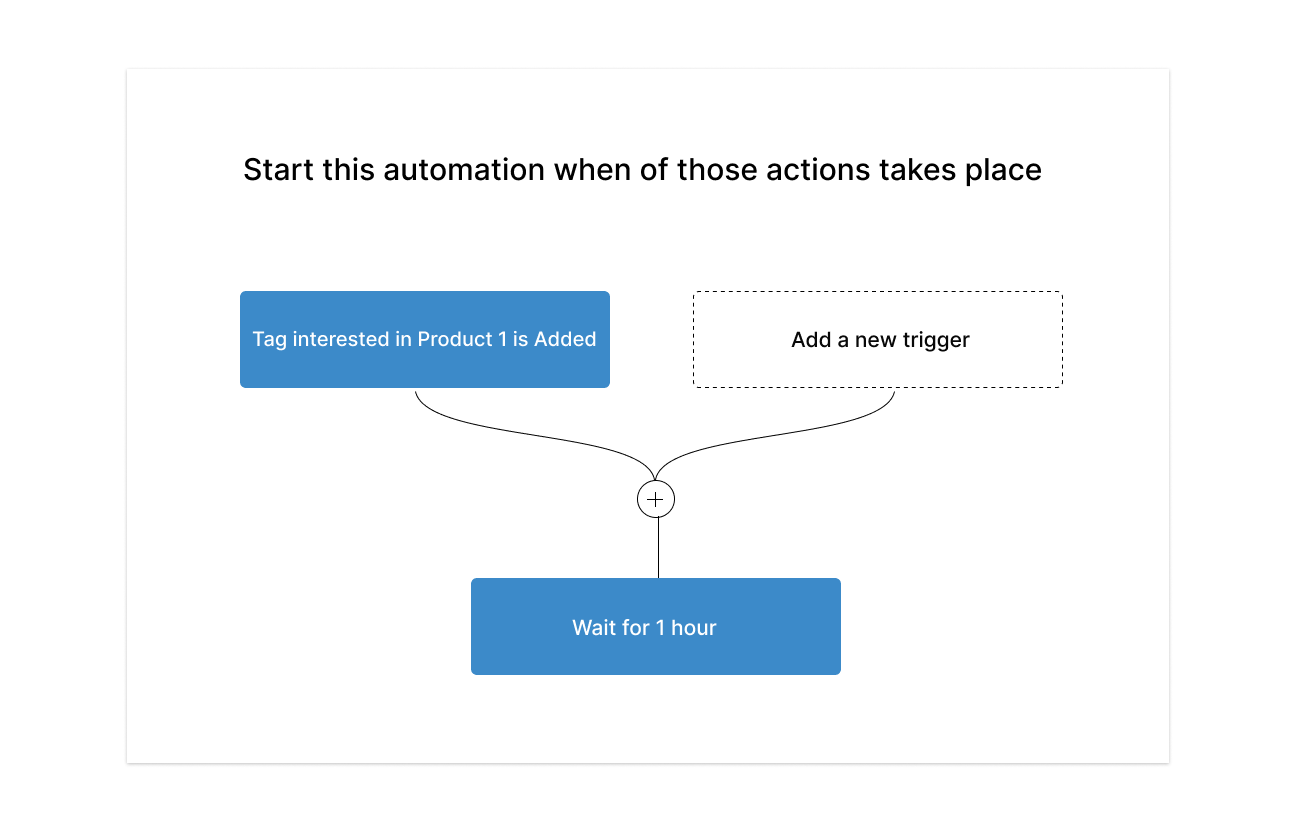
Apart from customer acquisition through CRM, well-crafted case studies, client testimonials, and clear value propositions can help your business stand out as one of the best in the market.
Stage IV: Action
Finally, we’ve arrived at the action stage – the conversion stage, to be more precise.
In the business context, this is where the potential customer is ready to complete the purchase, sign the contract, or subscribe to your service. It’s the culmination of your efforts in the previous stages, the moment where interest and consideration convert into a tangible commitment.
A seamless checkout process, exciting offers, and exceptional customer service are most likely to seal the deal. So, how does a CRM system help you in that? Let’s find out.
- A CRM like BIGContacts streamlines customer data with effective client database software, ensuring that relevant information is readily accessible during the checkout process.
- With centralized customer support interactions, agents can view tickets, communication history, and previous interactions—all in one place.
- Such a tool lets you create targeted marketing campaigns based on customer behavior and preferences.
Stage V: Retention
One of the most common mistakes startups make is focusing solely on the acquisition of new customers. As an entrepreneur or sales professional, your vision should transcend beyond the point of transaction. Here’s why –
A 2023 survey shows –
Small eCommerce businesses generate around 35% of their revenue from the top 5% of loyal, repeat (retained) customers.
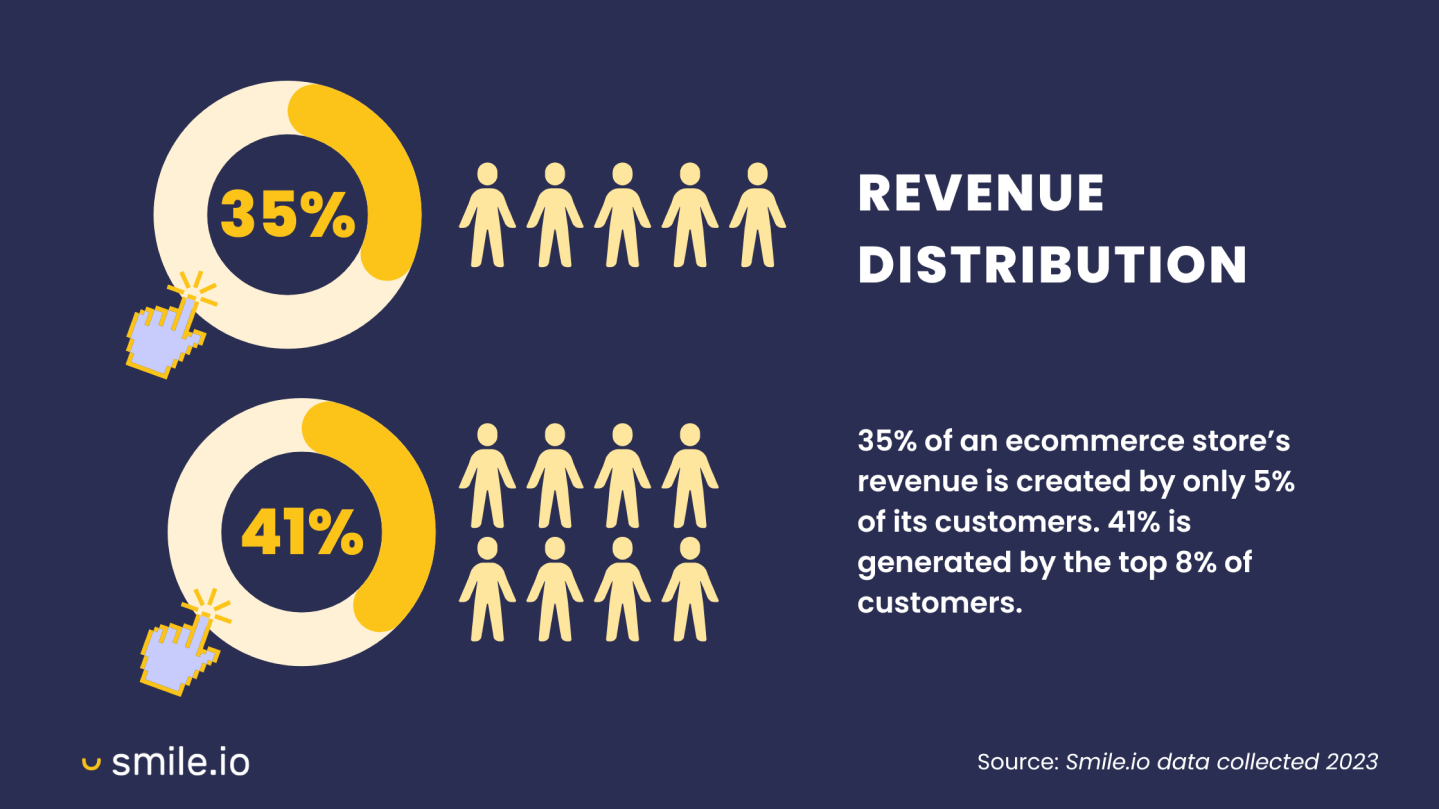
Image source: Smile.io
So, retention is one such customer acquisition strategy that helps you generate a big portion of your revenue. In fact, it can save you billions of dollars annually. It’s not an exaggeration but a researched fact-
U.S. companies could save over $35 billion annually just by focusing on retaining and keeping existing customers happy.
Now that the importance of retention is clear, let’s see how you can use CRM software here –
- Using a CRM platform, you can track touchpoints along the customer journey, including personal information, helpdesk tickets, and meeting transcripts.
- CRM software lets you analyze customer behavior, enabling personalized interactions with customers.
- With segmentation, you can create marketing campaigns that address specific customer needs, increasing engagement.
- You can utilize data reports and analytics to identify patterns causing churn and proactively retain at-risk customers.

Read More: 7 Best Ways to Increase Customer Retention With CRM
The Best Strategies for Customer Acquisition
This is where we discuss the technical aspects of customer or client acquisition. I spent quite some time connecting with market leaders (managers, small business entrepreneurs, sales and marketing executives) to find out what they prefer as the ‘best strategy’ and why.
Here’s a listed summary of the best customer acquisition tactics –
Investing in CRM Software
Many sales and marketing professionals I connected with emphasized the importance of investing in customer acquisition CRM. It is the backbone of a company’s sales, marketing, and service departments.
Well, if this sounds generic, here are some key benefits that you may find informative –
-
Improved Customer Segmentation
With CRM, you can segment customers based on various criteria, allowing for more targeted and personalized marketing campaigns. In customer acquisition, this helps you target specific segments based on your market niche.
-
Enhanced Communication
CRMs enable you to manage and automate communication with leads and customers. This ensures timely and relevant interactions that can lead to higher acquisition and conversion rates.
-
Automation Support
Many routine tasks and workflows can be automated with CRM software, such as sending follow-up emails or updating sales pipelines, which increases overall efficiency and allows sales teams to focus on closing deals.
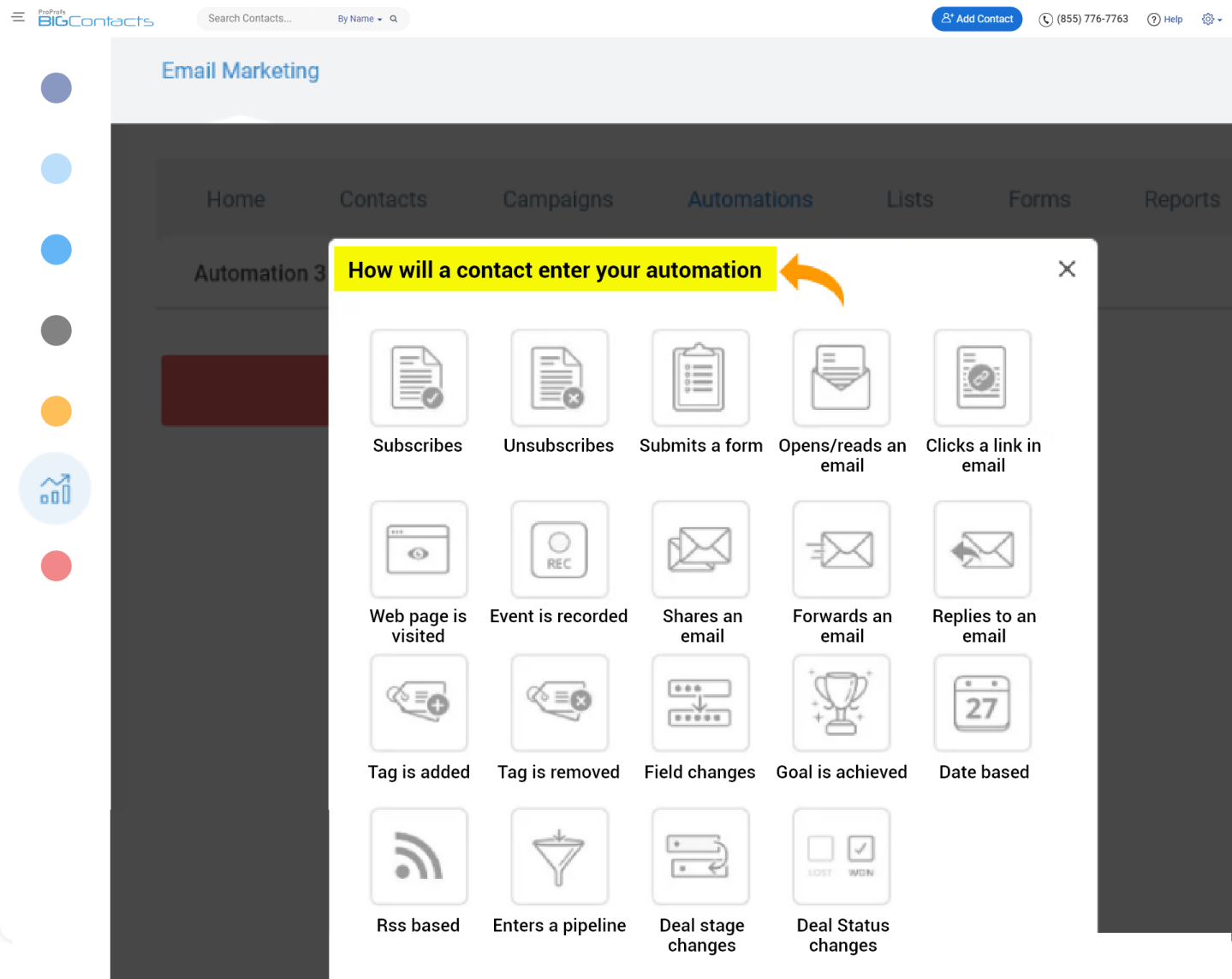
-
Data-Driven Insights
CRM platforms provide analytics and reporting tools that help you understand customer behavior, track sales trends, and measure the effectiveness of marketing campaigns.

-
Sales Pipeline Management
Manage your sales pipeline efficiently by tracking leads through different stages of the buyer’s journey (awareness, interest, decision, action). Using a CRM, you can set follow-up tasks, prioritize leads based on sales potential, and identify opportunities for conversion.
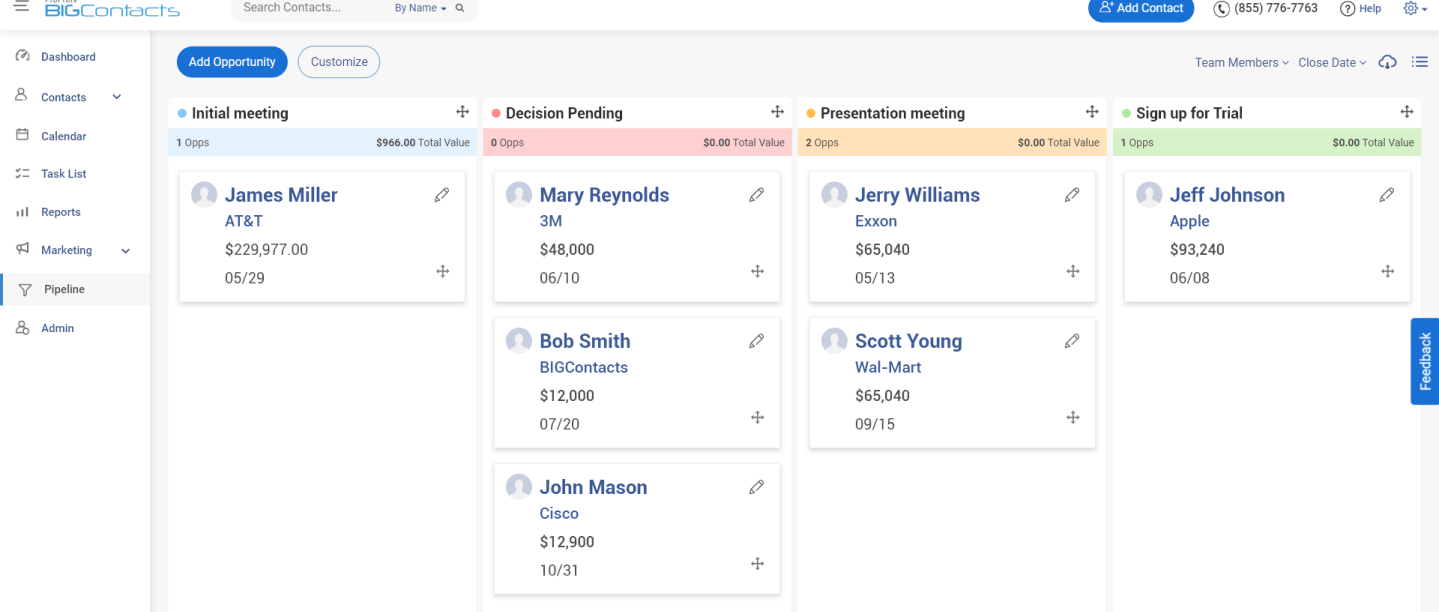
Read More: 10 Best Sales CRM Software to Drive Business Growth in 2025
Content Marketing
Content is still king, but the nature of the content that resonates with audiences is changing.
Interactive content such as quizzes, polls, and engaging videos can drive higher engagement rates. Think of it as the difference between reading a menu and having a chef come out to give you a taste test of the day’s specials.
But that doesn’t demean the effectiveness of informative content that addresses customer pain points. Some of the most popular ones include –
- Blog posts: You can offer insightful posts on industry trends, address common customer challenges, and provide practical tips and tricks.
- Ebooks & white papers: In-depth gated content (users must provide their contact information to access the content) that dives deeper into specific topics relevant to your target audience can also be a great source to generate leads.
- Case studies & customer success stories: Social proof is a great way to build trust and encourage potential customers to see the value your company offers.
Social Media Marketing
On average, people are engaged in 6.7 different social networks every month.
Social media has become one of the most popular customer acquisition channels in the last few years. More and more companies are upgrading their strategies for social media because that’s where their potential customers are spending a lot of time.
Engaging with users on these platforms through organic content and targeted advertising can help build brand awareness and drive traffic to your site.
Let’s quickly guide you through how it can help you –
- Increased brand awareness & reach: By creating engaging content, running targeted ads, and participating in relevant online communities, you can increase brand visibility and reach potential customers who might not have found you otherwise.
- Target your ideal audience: Reach users based on demographics, interests, behavior, etc., to ensure your message reaches those most likely interested in your company, maximizing the ROI.
- Build relationships & trust: Social media fosters two-way communication, allowing you to respond to comments and messages promptly, address customer concerns, and participate in conversations to build trust and rapport.
- Drive website traffic & lead generation: If you want to generate leads for more acquisition, share valuable content, run social media contests and giveaways to capture leads, and leverage landing pages with CTAs to convert site visitors into leads.
Personalized Email Marketing
Imagine walking into a retail store where everything has been chosen just for you based on your preferences, past behavior, and searches. You’d go ecstatic, and the store would’ve earned a customer instantly!
That’s what you should be aiming for in the digital space.
Despite the plethora of new marketing channels, email remains a powerful tool, especially when personalized. Segmenting your audience and tailoring messages to meet their specific interests can lead to higher open rates and conversions.
Here, a CRM like BIGContacts holds special mention as one of the best tools for customer acquisition. Don’t go on my word; you can check their email marketing tool.
I think having CRM and email marketing under the same roof is a great thing to have. You can create drip email campaigns and automate them while also managing contacts.
What is the Purpose of Customer Acquisition?
Well, from my experience, I can conclude that customer acquisition goes beyond simply generating sales. It’s about building a sustainable customer base that fuels long-term growth. Have a look at some of the benefits to understand better –
- Increase brand awareness and market share: By reaching a wider audience, you establish your brand in the marketplace.
- Generate qualified leads: Targeted marketing efforts attract prospects who are genuinely interested in your offerings, improving conversion rates.
- Drive revenue growth: A steady inflow of new customers translates to increased sales and profitability.
- Enhance Customer Lifetime Value (CLV): By acquiring high-value customers who are likely to repurchase and advocate for your brand, you maximize the return on your investment.
- Replacing attrition: Customer churn is inevitable. People switch brands, move away, or change preferences. Acquiring new customers helps offset the loss of existing ones.
How to Determine Customer Acquisition Cost
Customer Acquisition Cost (CAC) is a crucial metric that measures how much it costs to acquire a new customer. It’s calculated by dividing your total customer acquisition expenses (marketing, sales) by the number of customers acquired during a specific period.
The formula of CAC is straightforward –
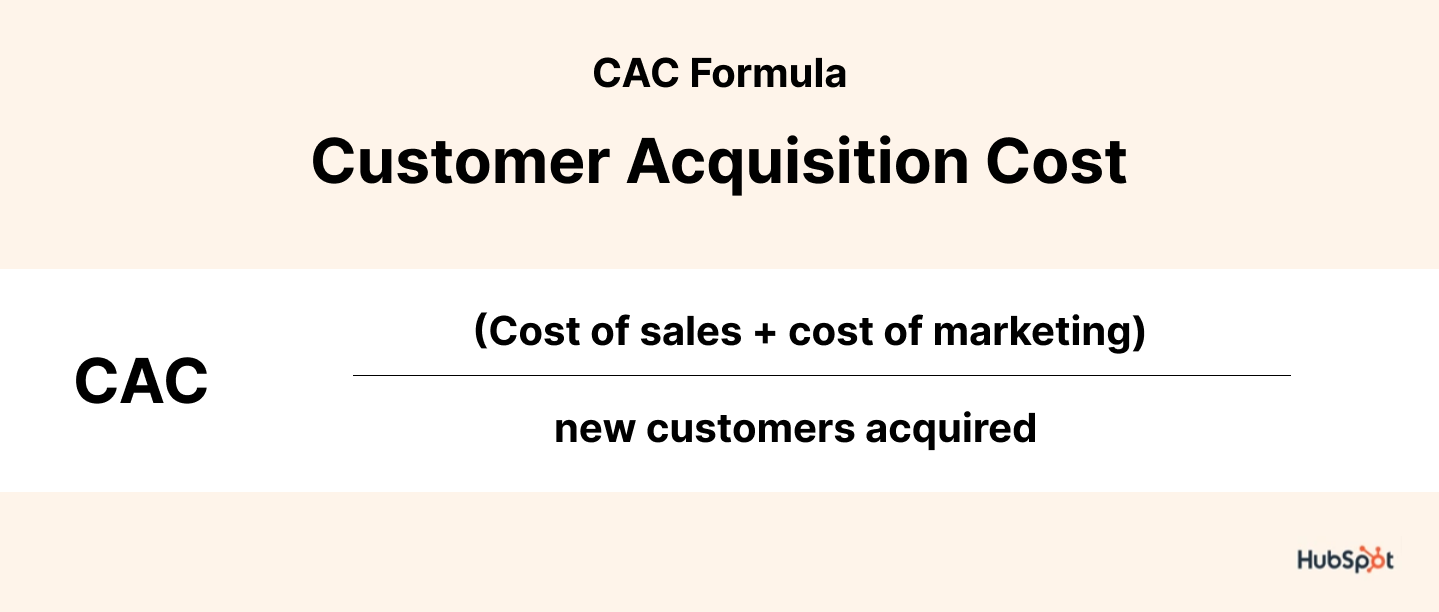
Here’s a breakdown of the components:
- Cost of Sales + Cost of Marketing: This includes total advertising costs (online ads cost, social media advertising costs and seo costs) , commissions, salaries of marketers and sales managers, and other overhead related to sales and marketing during a specific period.
- New Customers Acquired: Count the total number of customers acquired during the same measurement period.
Common Challenges & Solutions in Acquiring New Customers
Despite the abundance of marketing channels and tools available, acquiring new customers remains a significant challenge for businesses. Here are some of the most common hurdles you’re likely to face and their potential solutions-
Increased Competition:
The digital landscape is crowded, making it harder to stand out from the noise. It’s an issue in almost every sector – companies trying to do everything they can and still not finding new customers.
Solution:
- Focus on niche markets.
- Don’t try to be everything to everyone.
- Identify a specific target audience and, using CRM, segment them to address their unique needs.
- That way, you can tailor your messaging and offerings to resonate with them.
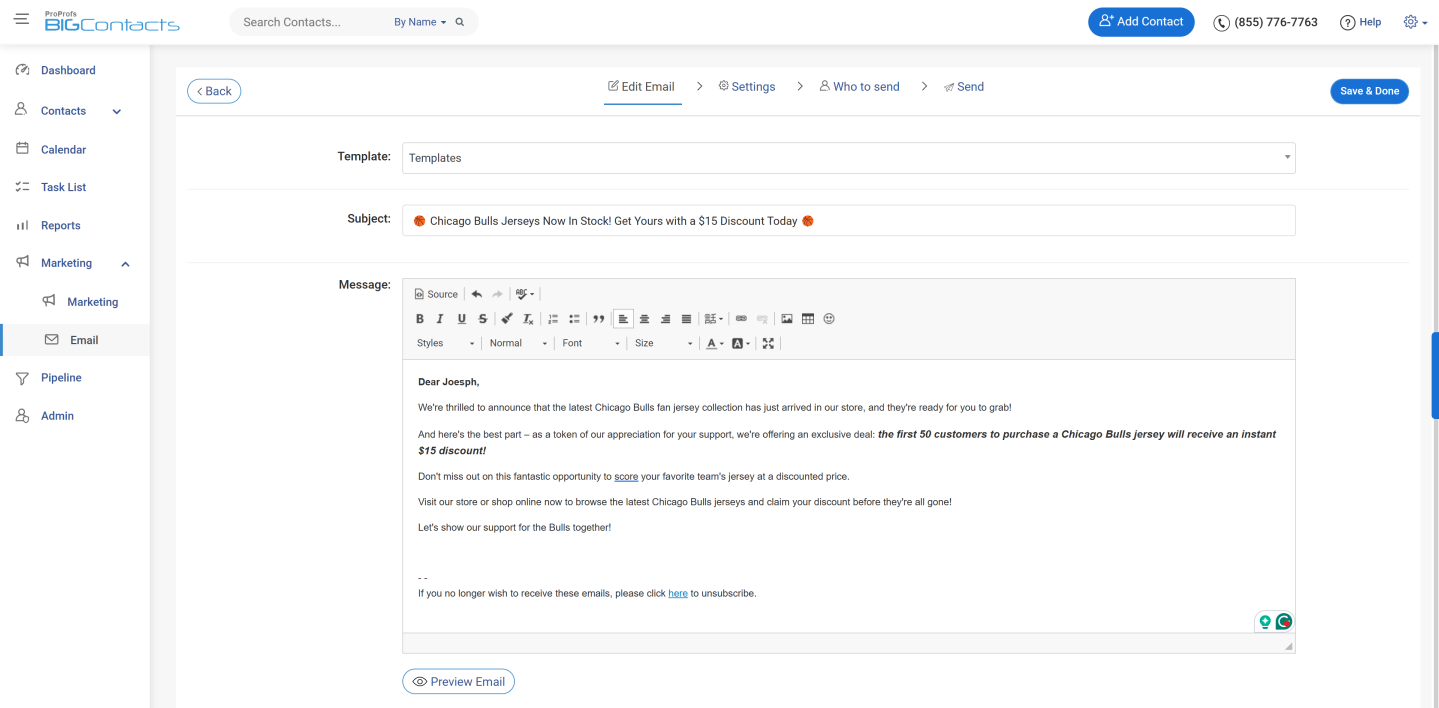
Evolving Customer Expectations:
Today’s customers are more informed and have higher expectations from all the companies they engage with. They expect a seamless, personalized experience across all touchpoints. While that is something a lot of companies are willing to offer, expectations keep rising higher.
Solution:
- Invest in omnichannel marketing.
- Ensure consistency in your messaging and branding across all channels, from your website and social media to email marketing and customer service interactions.
- Personalize your communication to cater to individual needs and preferences.
- Utilize marketing automation tools to automate repetitive tasks and deliver targeted messages at the right time.
Shorter Attention Spans:
A 2019 survey found that 75% of readers prefer content that is less than 1,000 words long.
That shows in today’s fast-paced world, grabbing and holding a customer’s attention is more challenging than ever. People are busier than ever before and don’t prefer spending five to ten minutes reading an article or a blog.
Solution:
- Create concise and captivating content.
- Focus on high-quality visuals, engaging storytelling, and clear calls to action.
- Ensure the content is engaging and interactive.
- Adding video marketing elements can be a good way to capture attention quickly and deliver your message in a visually stimulating format.
Data Privacy Regulations:
Data privacy regulations like GDPR and CCPA make it more challenging to collect customer data for marketing purposes. These regulations require businesses to be transparent about data collection practices and obtain explicit consent from customers before using their data.
Solution:
The best solution here is to comply with the regulations. For example, BIGContacts by ProProfs complies with GDPR and CCPA and respects user privacy.
It’s a better idea to ensure that your company doesn’t land in the wrong public image. Obtain explicit consent from customers before collecting their data. Be transparent about how you use their data and offer them control over their information.
As your company builds customer trust and gains credibility, customer acquisition won’t be that much of a problem.
Rising Customer Acquisition Costs (CAC):
Now, this is a common issue I’ve heard a lot of small business managers talk about. The cost of acquiring new customers is on the rise due to increased competition and a more saturated digital marketing landscape.
So, how do you fight it?
Solution:
Well, my first suggestion would be to optimize your marketing funnel. Analyze your funnel data and identify areas where leads are dropping off using a CRM system.
Next, refine targeting strategies to attract higher-quality leads and improve conversion rates at each stage. This is also where a CRM software solution can help you. Here’s how –
- Lead scoring feature that ranks leads based on their likeliness to convert.
- Reporting capabilities that analyze customer behavior, providing valuable insights that can help you attract better-quality leads.
- Automation tools within CRM systems can ensure timely follow-ups with potential leads.
Pave Your Way to Seamless Customer Acquisition With BIGContacts
So, cutting the big story short, one thing is clear – customers, more than ever, want to be understood. But chasing all the marketing avenues to get to know customers is tough – no denying that.
But, with a CRM software system like BIGContacts, you can at least have software to assist you in organizing data, optimizing marketing strategies for every customer touchpoint, and converting more leads into customers – loyal customers, to be precise.
The ball’s in your court – you can craft an effective pre-sale and post-sale process that builds a robust relationship with every customer. To make things easier, BIGContacts even offers a freemium plan to ensure you know how it works before spending capital.
I believe it’s a great deal, especially for startups and small businesses. No more running from door to door to gather new customers Simplify it with a combo of CRM and email marketing software.
Learn More About Customer Acquisition
What is the average customer acquisition cost?
The average customer acquisition cost (CAC) varies greatly depending on the industry, but it’s generally impossible to pinpoint a single, definitive number. It’s best to research benchmarks for your specific industry to get a more accurate idea.
How do I minimize customer acquisition costs?
Here are some key strategies to minimize customer acquisition costs:
- Target precisely: Focus your marketing efforts on reaching high-quality leads most likely to convert.
- Optimize your funnel: Analyze data to identify and fix bottlenecks in your customer journey.
- Leverage automation: Use marketing automation tools to streamline repetitive tasks and personalize communication.
- Invest in SEO: Improve website ranking and drive free traffic through better organic search visibility.
- Build brand loyalty: Retain existing customers who are more likely to repurchase at a lower cost.
- Invest in GEO: Boost content discovery and drive free traffic by optimizing for AI-powered search and generative engines.
What are some common challenges in implementing CRM for customer acquisition?
Here are some probable challenges you may face when implementing CRM for customer acquisition:
- Data quality: Dirty or incomplete data can lead to poor targeting and missed opportunities.
- User adoption: Encouraging sales and marketing teams to consistently use the CRM is crucial.
- Integration issues: Integrating the CRM with existing marketing automation or sales tools can be complex.
- Limited functionality: Choosing a CRM that lacks features for segmentation or lead nurturing can hinder acquisition efforts.
- Cost and training: Implementing and maintaining a CRM can involve ongoing costs and require user training.
However, when you use a trusted and reliable software solution like BIGContacts, you are less likely to face these issues.
How can I measure the effectiveness of their CRM strategies?
You can measure CRM effectiveness for customer acquisition by tracking key metrics like:
- Lead conversion rate: Measures the percentage of leads converted into paying customers.
- Sales cycle length: Tracks the average time it takes to close a deal.
- Customer acquisition cost (CAC): Analyzes the cost of acquiring new customers.
- Marketing qualified leads (MQLs) to sales qualified leads (SQLs) conversion rate: Indicates how well marketing efforts generate sales-ready leads.
- Customer lifetime value (CLV): Measures the total revenue a customer generates over their relationship with the business.
What is the difference between customer acquisition and customer retention?
Customer acquisition focuses on attracting and converting new customers, while customer retention aims to keep existing customers happy and coming back for more.
Imagine it as a two-pronged approach: acquisition brings new people in the door, and retention keeps them there.
However, when you talk about a customer acquisition strategy, retention is a part of it despite being two separate terms.
FREE. All Features. FOREVER!
Try our Forever FREE account with all premium features!








